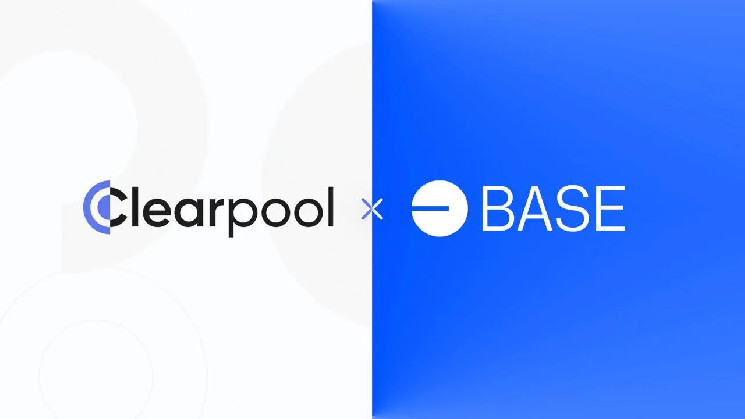- Polkadot‘s extensive marketing spending was questioned for its effectiveness.
- Some believe treasury funds would be better spent supporting developers and builders.
- Some used the overspending fallout to criticize DOT with accusations of discrimination.
Crypto marketing walks a tightrope between raising awareness and communicating complex concepts to a broad audience. This challenge is particularly acute in the blockchain industry, where intricate protocols underpin revolutionary technology. For Layer 1 networks like Polkadot, effectively conveying their value to both developers and potential users requires a nuanced approach that is hard to get right.
Polkadot’s recent marketing efforts have thrust this dilemma into the spotlight. In the first half of 2024, the project allocated $37 million from its treasury for outreach initiatives. However, this substantial investment has drawn widespread criticism from the crypto community, with many questioning its effectiveness.
Polkadot Overspends Massively
Polkadot’s marketing expenditure in the first half of 2024 has raised eyebrows across the crypto community.
Ignas, the co-founder of Pink Brains, revealed that the project spent $37 million on various outreach initiatives, including $10.1 million on sponsorships, $4.9 million on influencer partnerships, and $4.5 million on events and conferences. Ignas drew attention to the apparent inefficacy of this massive spending, noting that “Polkadot still seems invisible on X and elsewhere.”
This sentiment was echoed by “elraulito,” CTO of FluidTokens, who bluntly stated that the end result yielded “Nothing, Zero.” More alarmingly, elraulito suggested that this approach to treasury management could potentially jeopardize Polkadot’s financial stability.
The situation appears even more precarious when considering Ignas’ observation that Polkadot’s total expenditure for H1 2024 reached $87 million, leaving the project with only two years of runway at the current burn rate. However, Adam Cochran, a partner at Cinneamhain Ventures, estimated insolvency could come in as little as eight months when factoring in DOT’s projected price decline.
This has led some, like Polytope Labs developer “Web3 Philosopher,” to question the wisdom of “wasting [money] on misplaced marketing” instead of following the example set by projects like Optimism and Arbitrum, which focus on supporting developers and builders to drive ecosystem growth.
In response to the criticism, Polkadot marketer Esther Jade offered context, explaining that the project operates under a decentralized treasury system. Token holders vote on submitted proposals to authorize spending, with no marketing agencies or intermediaries involved.
DOT Accused of Discrimination
The controversy surrounding Polkadot’s treasury management has opened the floodgates for criticism, with some devs sharing their negative experiences building on the platform.
Victor Ji, co-founder of Manta Network, voiced his reluctance to engage with the Polkadot team, citing past experiences of discrimination. Ji pointed to a disparity in grant allocations, with Euro/U.S. projects allegedly receiving preferential treatment over Asian ones.
Ji’s scathing assessment also described Polkadot as “a highly toxic ecosystem that lacks any real value for web3,” while lacking focus on users and adoption. His decision to pivot Manta to Ethereum L2 underscores the potential consequences of such issues for Polkadot’s ecosystem.
Adding weight to Ji’s claims, Harold Yu, founder of DIN, shared a similar experience as an Asian-led project building on Polkadot. Yu described navigating the platform’s “politics, relationships, and cliques” as “quite challenging,” suggesting these factors contribute to an unfair grant system.
Despite acknowledging Polkadot’s impressive technology and vision, Yu also opted to move his project elsewhere.
On the Flipside
- Polkadot critics did not cite an objective measure of marketing effectiveness.
- This situation suggests that community DAO structures may not suit long-term project sustainability.
- DOT is down 88% from its $54.98 ATH, achieved in November 2021.
Why This Matters
As Polkadot grapples with the fallout from overspending, this incident underscores the importance of balancing outreach efforts with substantive ecosystem development.
Learn more about Peter Czaban’s contributions to the Polkadot ecosystem:
Peter Czaban: The Third Pillar of Polkadot (DOT)
Jeremy Allaire predicts a “power law” structure for the stablecoin market long-term:
USDC CEO Foresees Major Stablecoin Winners and Losers
Sourced from dailycoin.com.
Written by on 2024-07-02 17:30:00.









